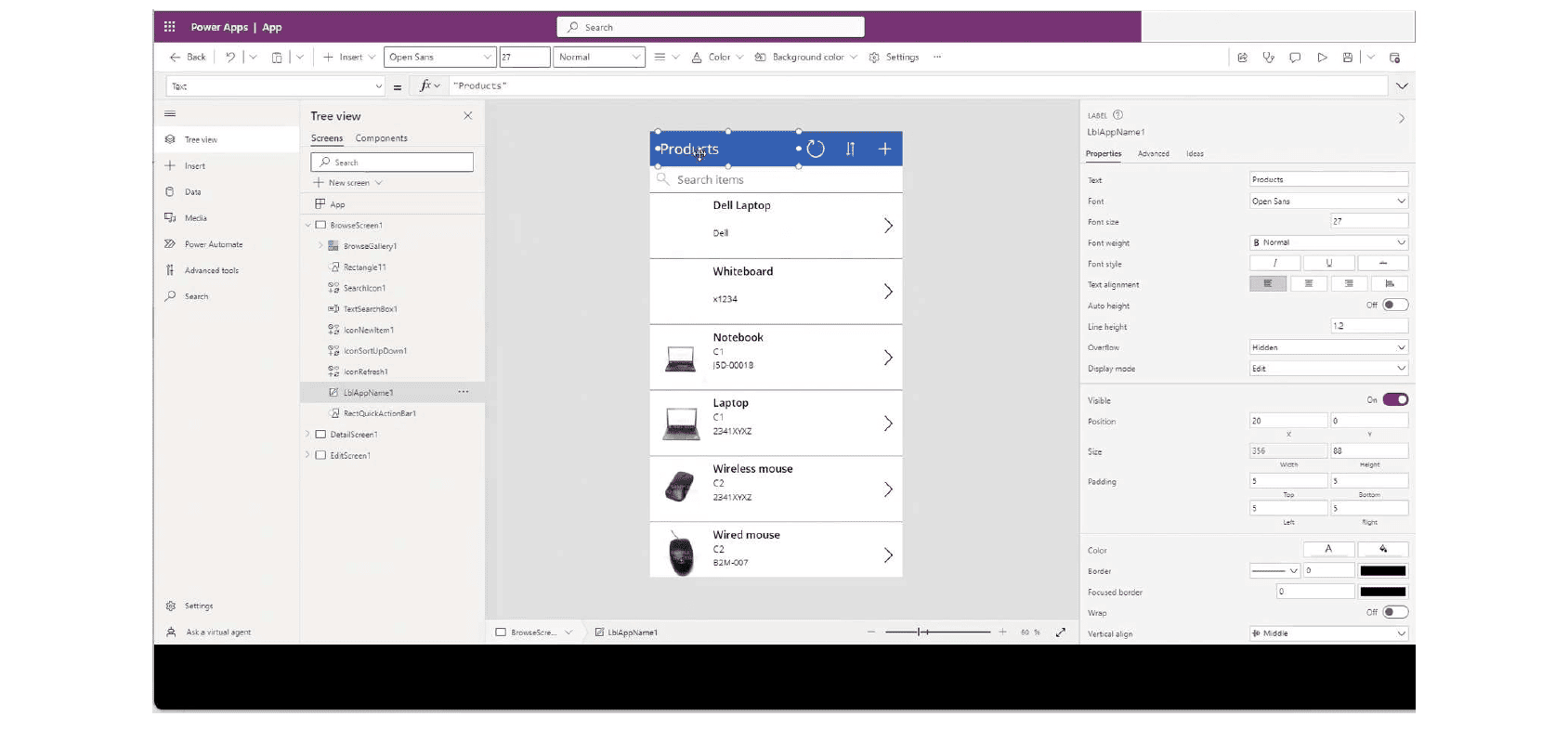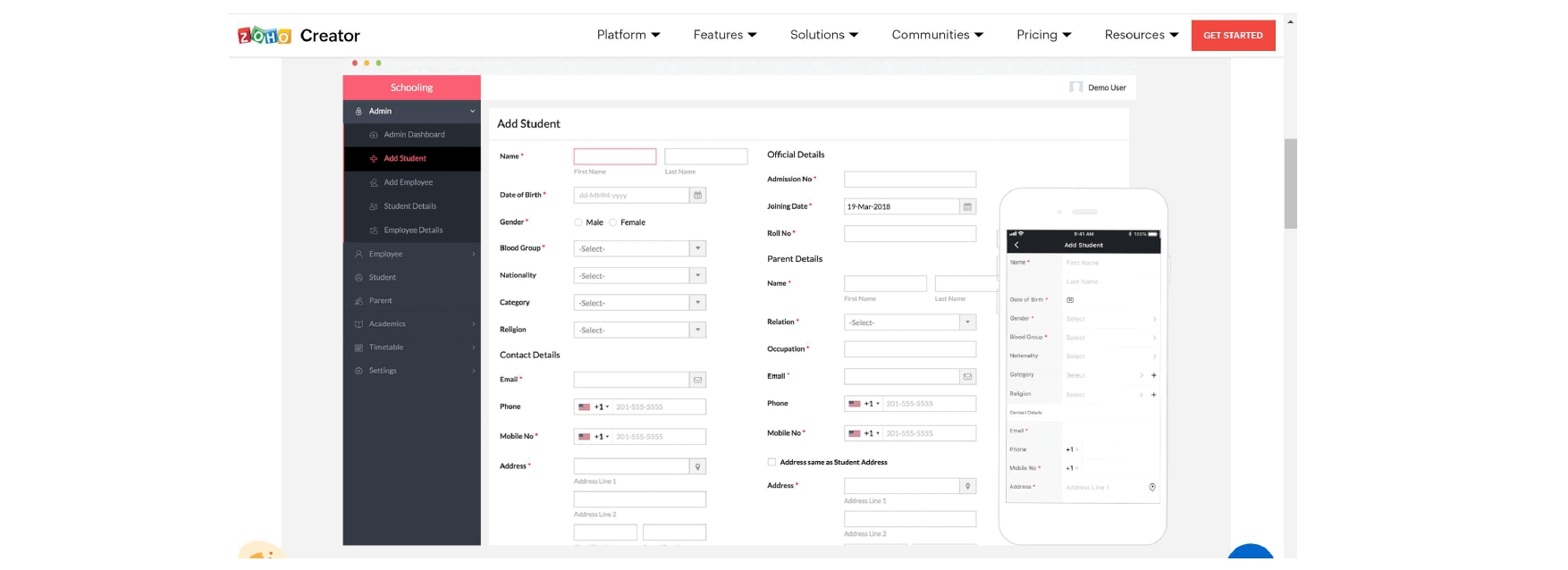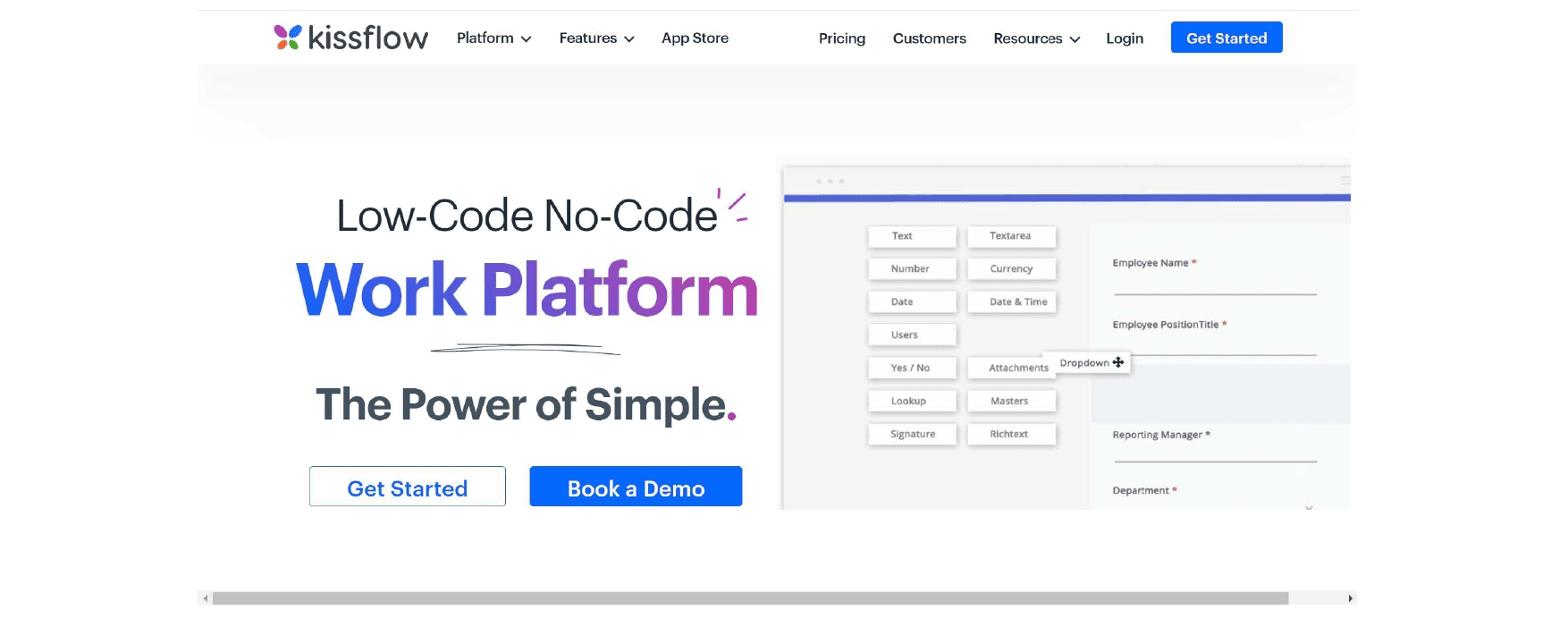1. 引言
低代码(Low-Code)和无代码(No-Code)开发的概念早在几十年前就已出现。但在近年来,这一概念才真正开始流行。20世纪90年代,像Visual Basic这样的工具开始提供可视化编程环境,让非技术人员也能构建应用程序。这些平台可以看作是最早的低代码平台。
✅ 本文我们将探讨低代码与无代码开发的基本概念、适用场景、常用工具平台,以及它们的优缺点。
随着云计算和移动设备在2010年代初的兴起,低代码和无代码平台迎来了爆发式增长。如今,这一领域发展迅速,众多企业推出了各类平台和工具,帮助用户快速构建定制化应用。
2. 低代码与无代码开发概述
随着各行各业对定制化软件需求的不断增长,低代码和无代码开发应运而生。企业意识到定制软件在提升运营效率和客户体验方面的巨大潜力。然而,传统软件开发周期长、成本高,且依赖专业开发人员的参与。
低代码和无代码工具的出现,使得非技术人员也能快速构建和调整应用程序,从而降低了开发门槛。
2.1 无代码开发
无代码开发的核心目标是让用户无需编写代码即可构建和定制应用程序。这些平台通常提供可视化的界面、拖拽式操作,以及丰富的预置模板和模块,使得用户即使没有编程经验也能构建复杂系统。
适用于:
- 快速构建原型或简单应用
- 非技术人员参与开发
- 缺乏开发资源但急需上线的项目
2.2 低代码开发
低代码开发与无代码开发非常相似,同样依赖于可视化界面、拖拽功能和预设模板。不同之处在于,低代码平台可能允许或要求用户进行少量编码操作,以实现更复杂的逻辑或集成。
✅ 低代码适合:
- 需要一定定制化但又不想从零开发
- 有少量开发资源可配合平台使用
- 快速搭建并逐步扩展的项目
3. 何时适合使用低代码/无代码开发
在以下场景中,使用低代码或无代码平台是理想选择:
- ✅ 快速原型设计:利用预设模板和拖拽功能快速构建原型
- ✅ 构建简单应用:如内部表单、审批流程、任务管理等
- ✅ 非技术人员参与开发:业务人员可直接构建所需工具
- ✅ 作为大型项目的起点:先用平台搭建基础框架,后续由开发者扩展
- ✅ 验证新想法:快速验证商业概念,避免投入大量开发资源
4. 何时仍需传统编码开发
尽管低代码/无代码平台功能强大,但在以下场景中,仍需专业开发人员介入:
- ❌ 构建复杂系统:如ERP、CRM等需要深度定制的系统
- ❌ 从零开始构建项目:没有现成模板或组件可复用
- ❌ 系统集成需求高:需与多个外部系统或API深度对接
- ❌ 自定义功能开发:平台无法满足特定业务逻辑
- ❌ 关键业务系统:如金融、医疗等对安全性和稳定性要求极高的系统
⚠️ 注意:低代码/无代码平台在性能、灵活性和安全性方面仍存在局限,不适合所有项目。
5. 常见低代码/无代码平台与工具
以下是一些主流平台,它们都支持不同程度的无代码和低代码开发:
5.1 Microsoft PowerApps
Microsoft PowerApps 是一个低代码平台,允许用户构建用于数据收集、流程自动化和系统交互的定制应用。它提供拖拽式界面和丰富的模板,支持与Excel、SharePoint、Dynamics 365等系统集成。

PowerApps 是 Microsoft Power Platform 的一部分,与 Power BI 和 Power Automate(原 Flow)配合使用,可实现企业级自动化和数据分析。
5.2 Zoho Creator
Zoho Creator 是一款低代码开发平台,支持用户通过可视化编辑器和模板快速构建Web和移动应用。

适用于企业内部系统、客户管理、项目跟踪等场景。
5.3 KissFlow
KissFlow 是一个基于云的无代码平台,专注于企业流程自动化和应用开发。它提供可视化编辑器和模板,适合非技术人员快速上手。

5.4 其他常见平台
| 平台名称 | 简介 |
|---|---|
| AppSheet | 无需编码即可构建移动和Web应用 |
| Bubble | 使用可视化编程语言构建Web应用 |
| Webflow | 使用可视化编辑器构建网站和Web应用 |
| Knack | 构建自定义数据库和应用 |
| Mendix | 使用可视化编辑器和模板构建定制应用和集成 |
| Appian | 企业级低代码平台,支持流程自动化和系统集成 |
6. 优缺点分析
✅ 优点
- 开发速度快、门槛低:无需编程基础,快速上手
- 成本较低:减少对专业开发团队的依赖
- 适合非技术人员:业务人员可自主开发所需工具
- 便于原型验证:快速验证产品想法,降低试错成本
❌ 缺点
- 集成能力有限:与外部系统对接不如传统开发灵活
- 灵活性差:难以应对复杂业务逻辑或深度定制
- 性能和扩展性不足:不适合大规模、高性能场景
- 安全性控制弱:平台级控制不如自研系统
- 平台依赖性强:一旦使用平台,后期迁移成本高
- 优化能力有限:缺乏对底层代码的控制,影响性能调优
7. 总结
低代码与无代码开发为非技术人员和资源有限的企业提供了快速构建应用的新路径。它们在原型设计、流程自动化、简单系统搭建等方面表现出色。
但它们也有明显的局限性,特别是在复杂系统构建、系统集成、性能优化和安全控制方面。因此,在选择开发方式时,应根据项目需求、团队资源和长期维护目标综合判断。
✅ 建议:在使用低代码/无代码平台前,最好与专业开发人员沟通,评估其适用性及潜在风险,避免后期出现迁移或扩展难题。
最终,是否使用平台或聘请开发团队,取决于项目的具体需求和团队的资源状况。合理评估,才能选择最适合的开发路径。